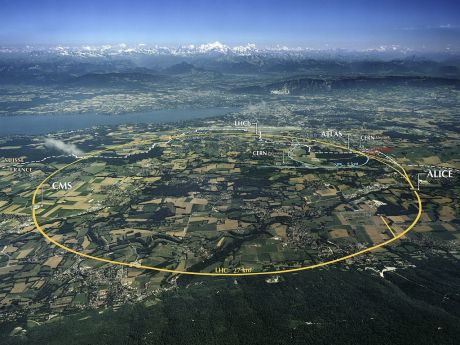In March 2010, LHC started colliding protons at an unprecedented eight
teraelectronvolt centre-of-mass energy– four times higher than Tevatron
in the USA. After one year of operation, in July 2012, the long-sought
Higgs boson, the cornerstone of the Standard Model of particle physics
was discovered.
To extend its discovery potential, the LHC would need an upgrade that will increase the total number of collisions. The EU-funded project
HILUMI LHC (FP7 high luminosity Large Hadron Collider design study) aimed to realise such a powerful particle accelerator to enable the observation of rare processes.
Upgrading the LHC for higher luminosity – proportional to the particle collision rate– requires new technologies. These include high-field magnets to accelerate particles and radio-frequency cavities for beam rotation as well as a new generation of low-impedance collimators, all based on superconductivity technologies.
The HILUMI LHC project has prepared the ground to increase the LHC luminosity by a factor of up to ten beyond its original design value by 2020. Scientists and engineers from 15 European institutions as well as from institutes in Russia, Japan and the USA worked together to find how this could be done.
During the second reporting period, project partners focused on the definition of the high-field magnetic specifications. They chose main parameters of the magnet lattice such as its dimensions, the operational field gradients and the most suitable magnet technology.
More importantly, the engineering design of magnets along with radio-frequency cavities had started. Significant progress was made with the designs of compact cavities, the cryogenic cooling and radio-frequency systems for the proton beams shooting from the Super Proton Synchrotron and into two LHC injection lines.
Several significant milestones were also achieved towards the finalisation of interaction region layout updates. Numerical tools have been set up for advanced techniques of cleaning and protection from incoming beams and collimation of physics debris.
The LHC already delivers the highest luminosity beams among all proton accelerators in the world. However, HILUMI LHC drew on expertise from around the world to further increase its luminosity and overcome sensitivity constraints to observe hitherto unseen rare processes.

